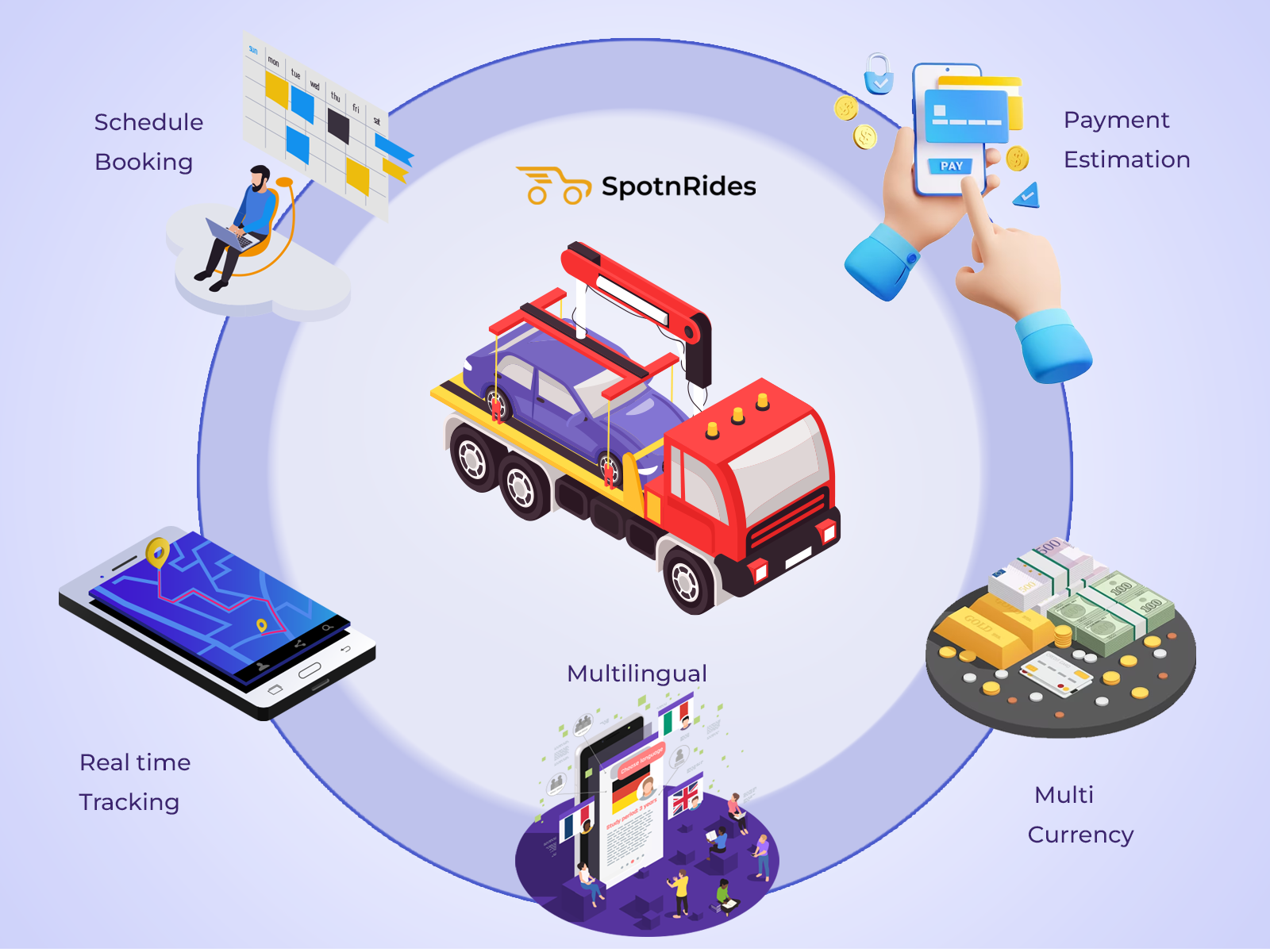Consumer Robotics: The Intersection of AI and Robotics
Consumer robotics is an exciting and rapidly evolving field that is transforming the way we interact with technology in our daily lives. At its core, consumer robotics involves the development and use of robots designed for personal and home use, rather than for industrial or commercial purposes. These robots are becoming increasingly sophisticated, thanks to advancements in artificial intelligence (AI), machine learning, and sensor technology. From robotic vacuum cleaners and lawn mowers to personal assistants and educational tools, consumer robots are designed to make our lives easier, more efficient, and more enjoyable.
One of the most significant areas of growth in consumer robotics is home automation. Smart home devices, such as robotic vacuum cleaners, have become commonplace, offering convenience and efficiency by automating routine tasks. These devices often integrate with other smart home systems, creating a seamless and interconnected environment. For example, a robotic vacuum can be programmed to clean the house at specific times, while a smart thermostat adjusts the temperature based on the homeowner’s preferences. This level of automation not only saves time but also enhances the overall living experience.
Artificial intelligence plays a crucial role in the advancement of consumer robotics. AI enables robots to learn from their environment, adapt to new situations, and perform tasks with greater accuracy and efficiency. For instance, AI-powered robotic vacuum cleaners can map out the layout of a home, identify obstacles, and optimize their cleaning paths over time. This ability to learn and adapt makes consumer robots more effective and user-friendly. Additionally, AI enhances the communication and social skills of robots, allowing them to interact with humans in more natural and intuitive ways. Personal assistant robots, for example, can recognize and respond to human emotions, engage in conversations, and provide personalized assistance.
The impact of consumer robotics extends beyond convenience and efficiency. In the realm of healthcare, robots are being developed to assist with elderly care, providing companionship and support to those in need. These robots can monitor vital signs, remind patients to take their medication, and even engage in social interactions to reduce feelings of loneliness. Similarly, educational robots are being used to create interactive and engaging learning experiences for children. These robots can teach programming, math, and science through hands-on activities, making learning fun and accessible.
The future of consumer robotics is bright, with ongoing advancements promising even more innovative and versatile applications. As technology continues to evolve, we can expect to see robots becoming an integral part of our daily lives, performing tasks that were once considered the exclusive domain of humans. From enhancing home automation and personal assistance to revolutionizing healthcare and education, consumer robotics is poised to make a significant impact on society. The integration of AI and robotics will continue to drive this transformation, making our lives more connected, efficient, and enriched.
Consumer Robotics: The Intersection of AI and Robotics
Consumer robotics is an exciting and rapidly evolving field that is transforming the way we interact with technology in our daily lives. At its core, consumer robotics involves the development and use of robots designed for personal and home use, rather than for industrial or commercial purposes. These robots are becoming increasingly sophisticated, thanks to advancements in artificial intelligence (AI), machine learning, and sensor technology. From robotic vacuum cleaners and lawn mowers to personal assistants and educational tools, consumer robots are designed to make our lives easier, more efficient, and more enjoyable.
One of the most significant areas of growth in consumer robotics is home automation. Smart home devices, such as robotic vacuum cleaners, have become commonplace, offering convenience and efficiency by automating routine tasks. These devices often integrate with other smart home systems, creating a seamless and interconnected environment. For example, a robotic vacuum can be programmed to clean the house at specific times, while a smart thermostat adjusts the temperature based on the homeowner’s preferences. This level of automation not only saves time but also enhances the overall living experience.
Artificial intelligence plays a crucial role in the advancement of consumer robotics. AI enables robots to learn from their environment, adapt to new situations, and perform tasks with greater accuracy and efficiency. For instance, AI-powered robotic vacuum cleaners can map out the layout of a home, identify obstacles, and optimize their cleaning paths over time. This ability to learn and adapt makes consumer robots more effective and user-friendly. Additionally, AI enhances the communication and social skills of robots, allowing them to interact with humans in more natural and intuitive ways. Personal assistant robots, for example, can recognize and respond to human emotions, engage in conversations, and provide personalized assistance.
The impact of consumer robotics extends beyond convenience and efficiency. In the realm of healthcare, robots are being developed to assist with elderly care, providing companionship and support to those in need. These robots can monitor vital signs, remind patients to take their medication, and even engage in social interactions to reduce feelings of loneliness. Similarly, educational robots are being used to create interactive and engaging learning experiences for children. These robots can teach programming, math, and science through hands-on activities, making learning fun and accessible.
The future of consumer robotics is bright, with ongoing advancements promising even more innovative and versatile applications. As technology continues to evolve, we can expect to see robots becoming an integral part of our daily lives, performing tasks that were once considered the exclusive domain of humans. From enhancing home automation and personal assistance to revolutionizing healthcare and education, consumer robotics is poised to make a significant impact on society. The integration of AI and robotics will continue to drive this transformation, making our lives more connected, efficient, and enriched.







